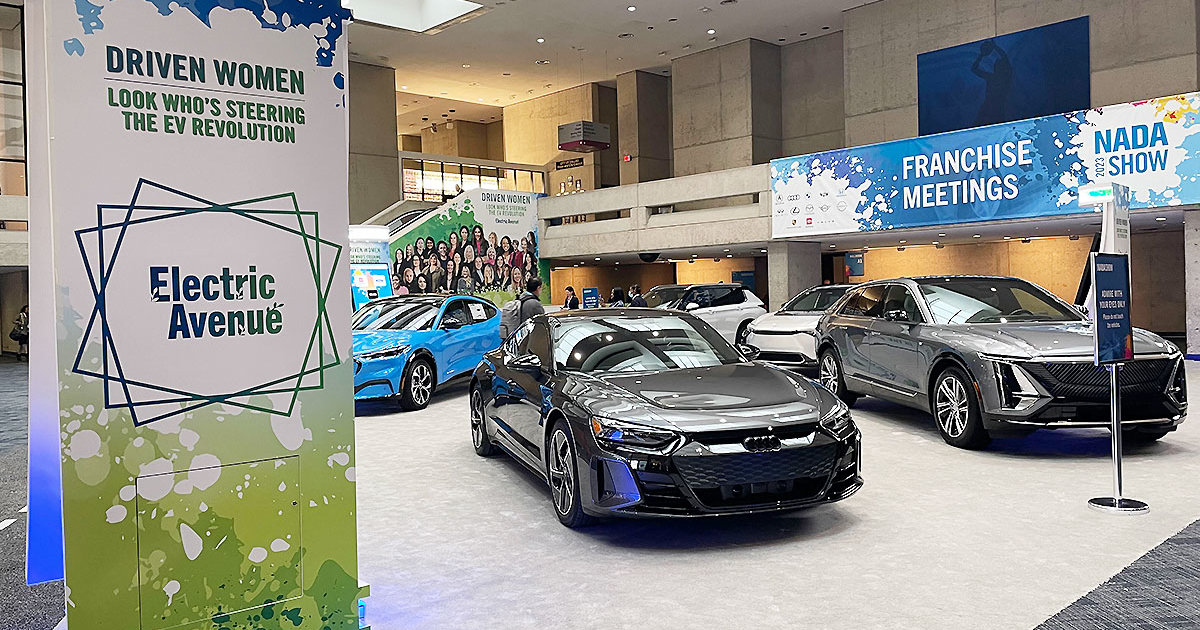
WASHINGTON — The Inflation Reduction Act signed into law last August revised a consumer tax credit for new electric vehicle purchases while creating two other credits for used and commercial or leased EVs.
Here’s a brief explainer on the differences between them.
Buyers who meet certain income thresholds can get a tax credit of up to $7,500 for North American-assembled new EVs that meet sticker price restrictions. Starting Tuesday, April 18, the credit will be split in two, with $3,750 for EVs that meet increasingly stringent battery component requirements and another $3,750 for those that meet escalating critical mineral requirements. Starting in 2024, the credit will be transferable to dealers at the point of sale.
Buyers who meet certain income thresholds can get a tax credit that’s equal to 30 percent of the total cost of a used EV and capped at $4,000. Vehicles must be at least two model years old with a sale price at or below $25,000. Used vehicles are not subject to the same stringent EV battery sourcing and North American assembly requirements as new EVs. Starting in 2024, the credit will be transferable to dealers at the point of sale.
The tax credit is not subject to any buyer income, sticker price, sourcing or assembly requirements, positioning the federal incentive as a bright spot for automakers with EVs ineligible for the 30D credit because of its myriad eligibility restrictions. The credit is available for commercial use or lease, and is limited to $7,500 for vehicles weighing less than 14,000 pounds and $40,000 for all other vehicles. While the credit does not transfer directly to the consumer or lessee, it could be used by the lessor or leasing entity to lower lease prices.

